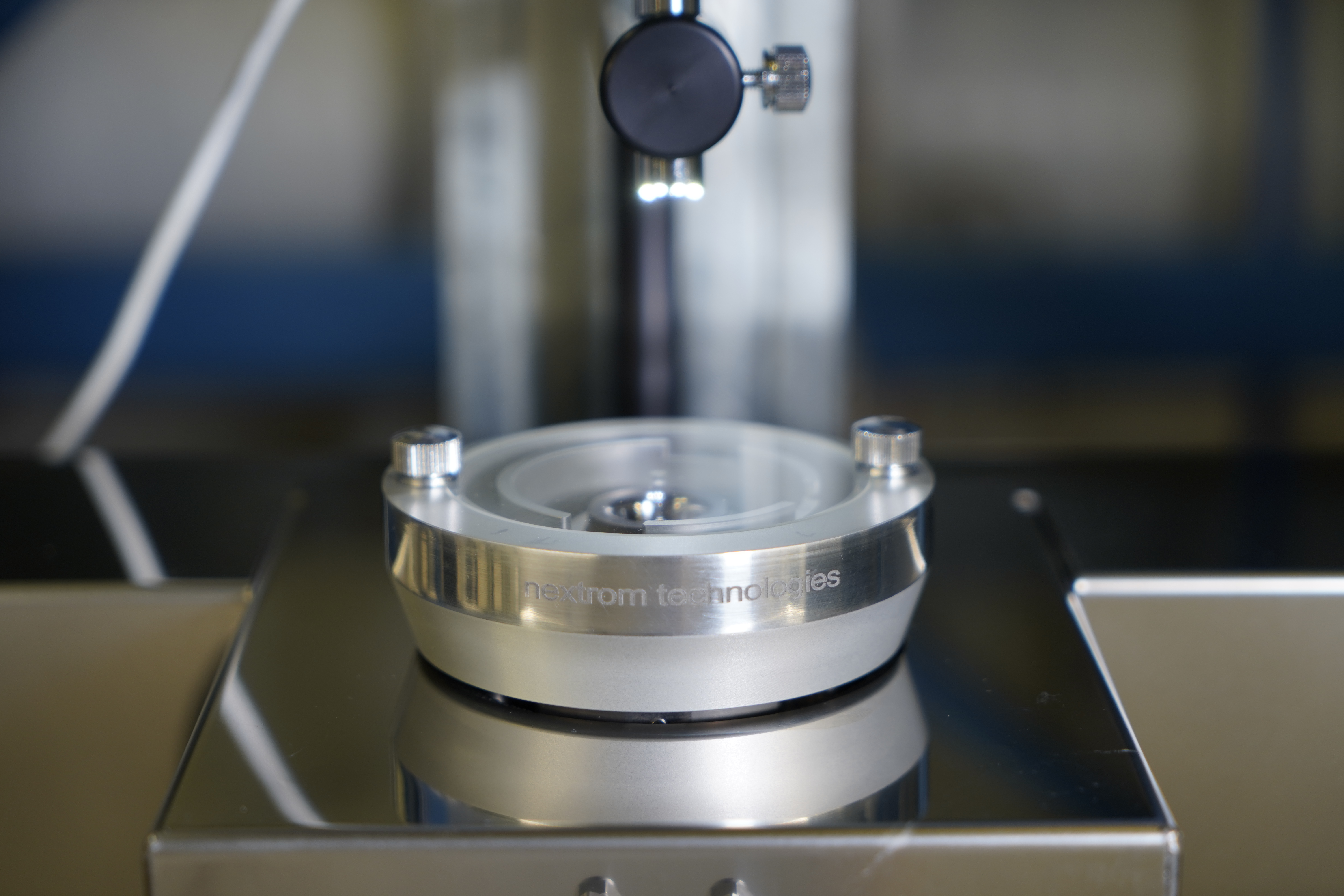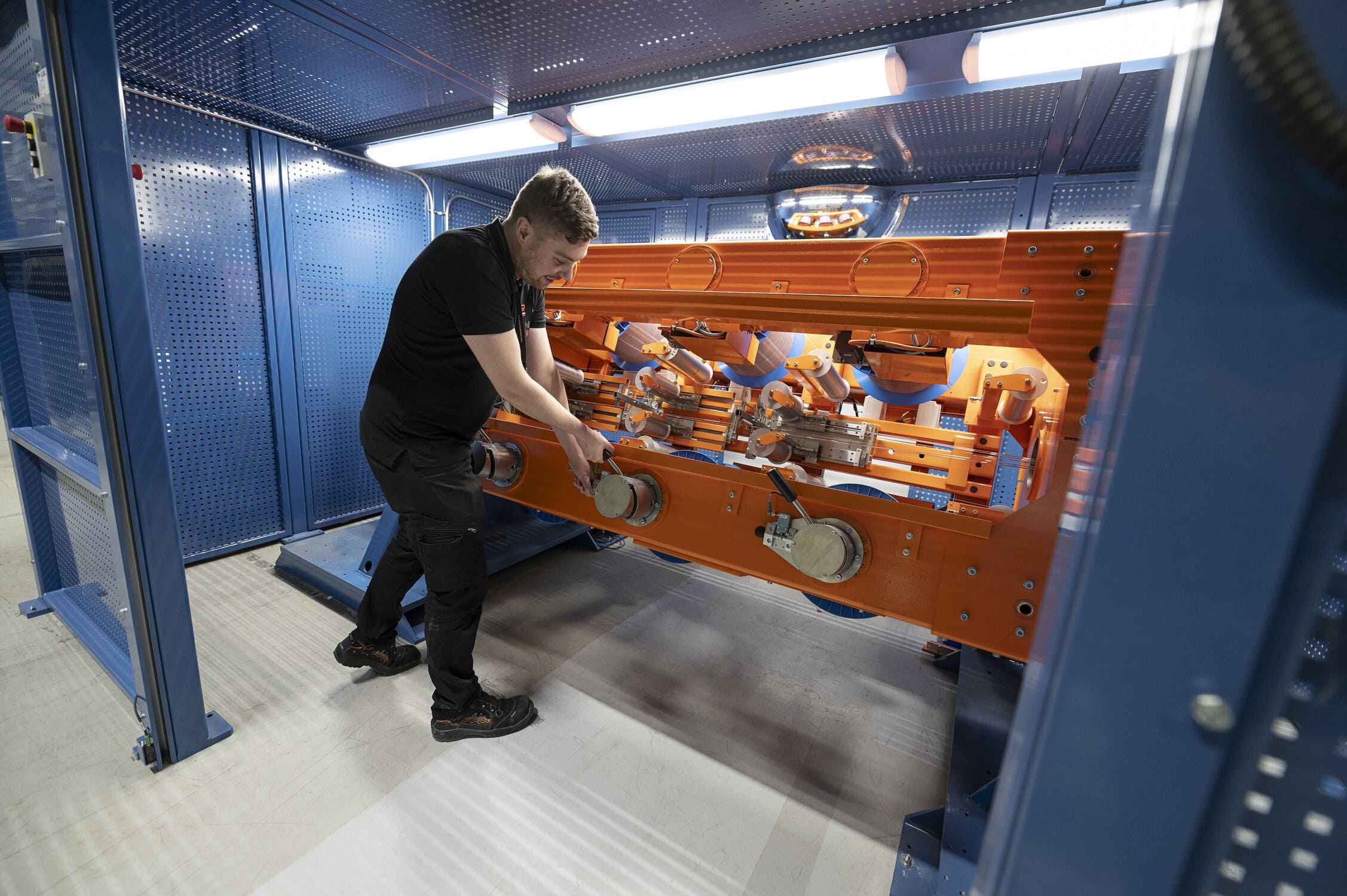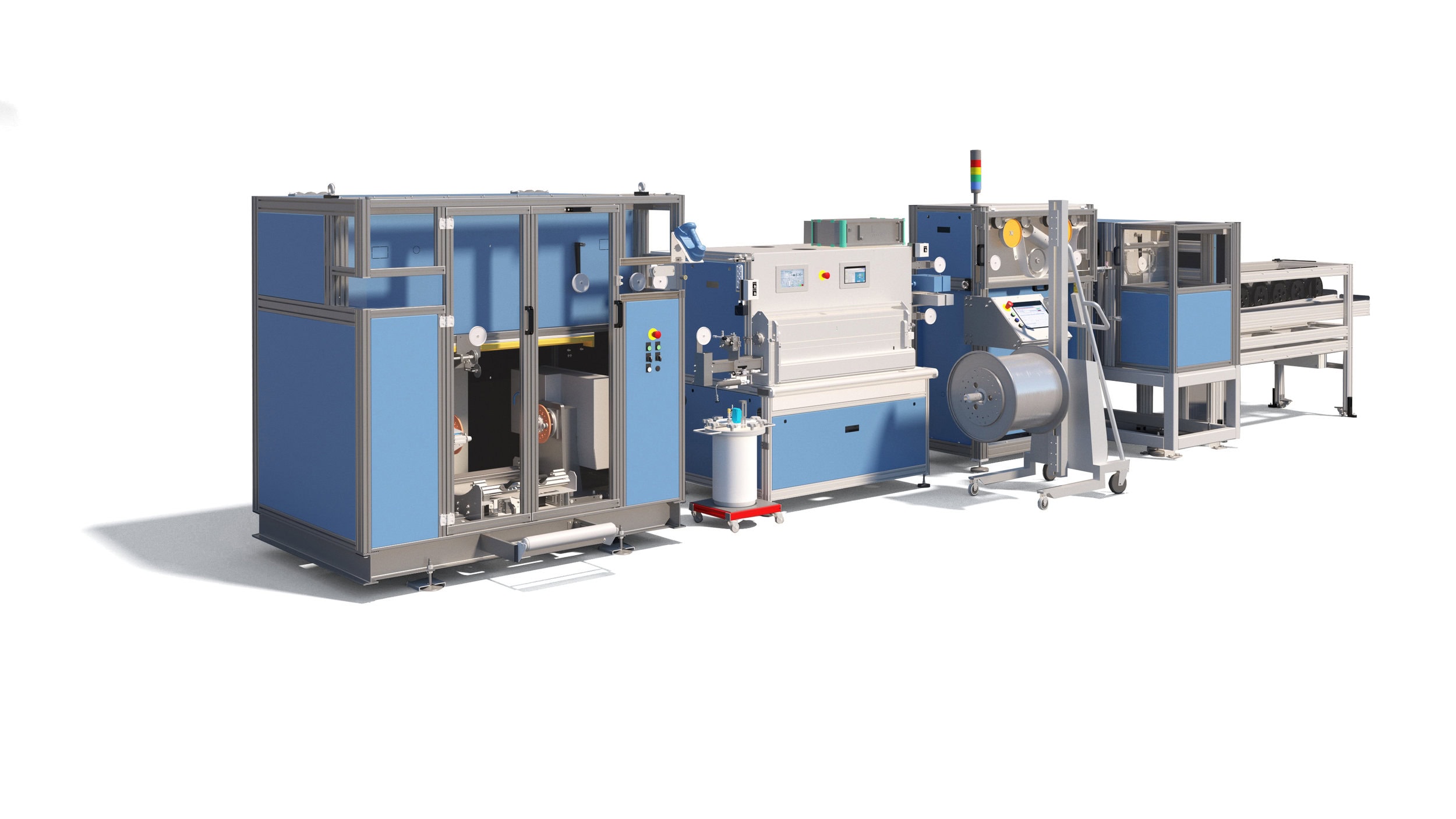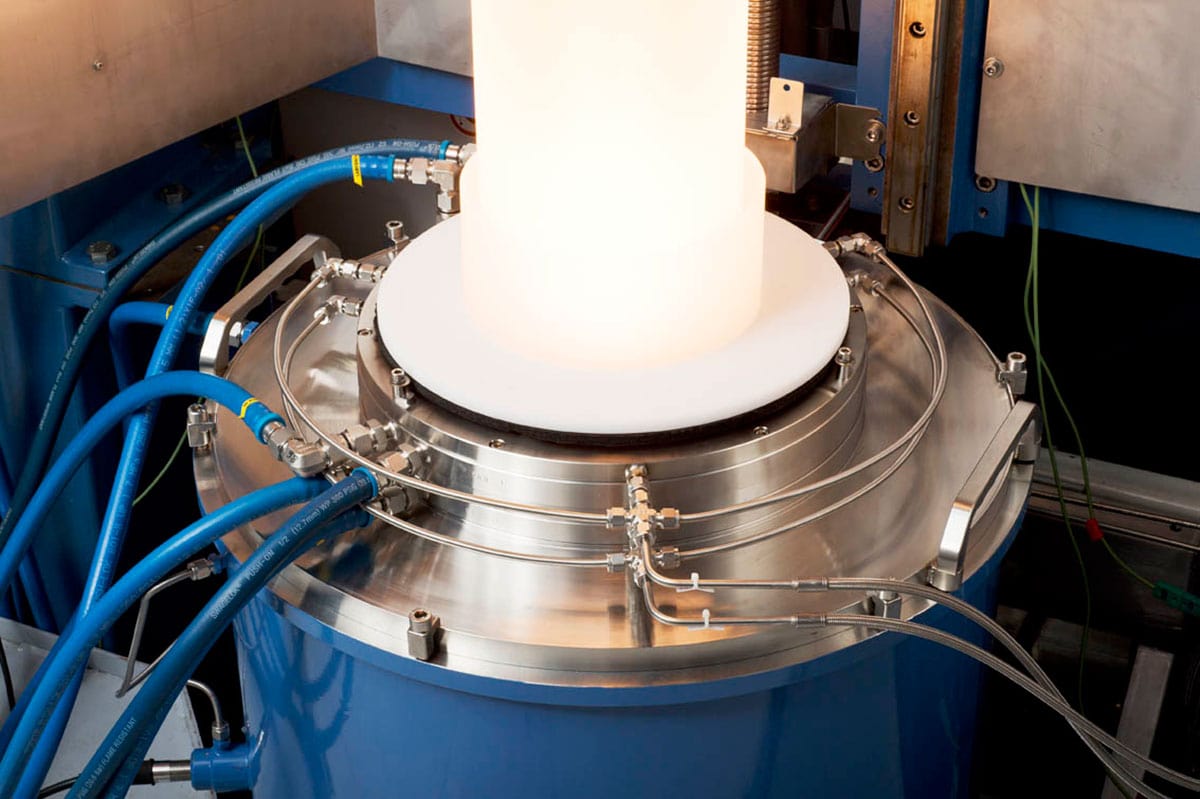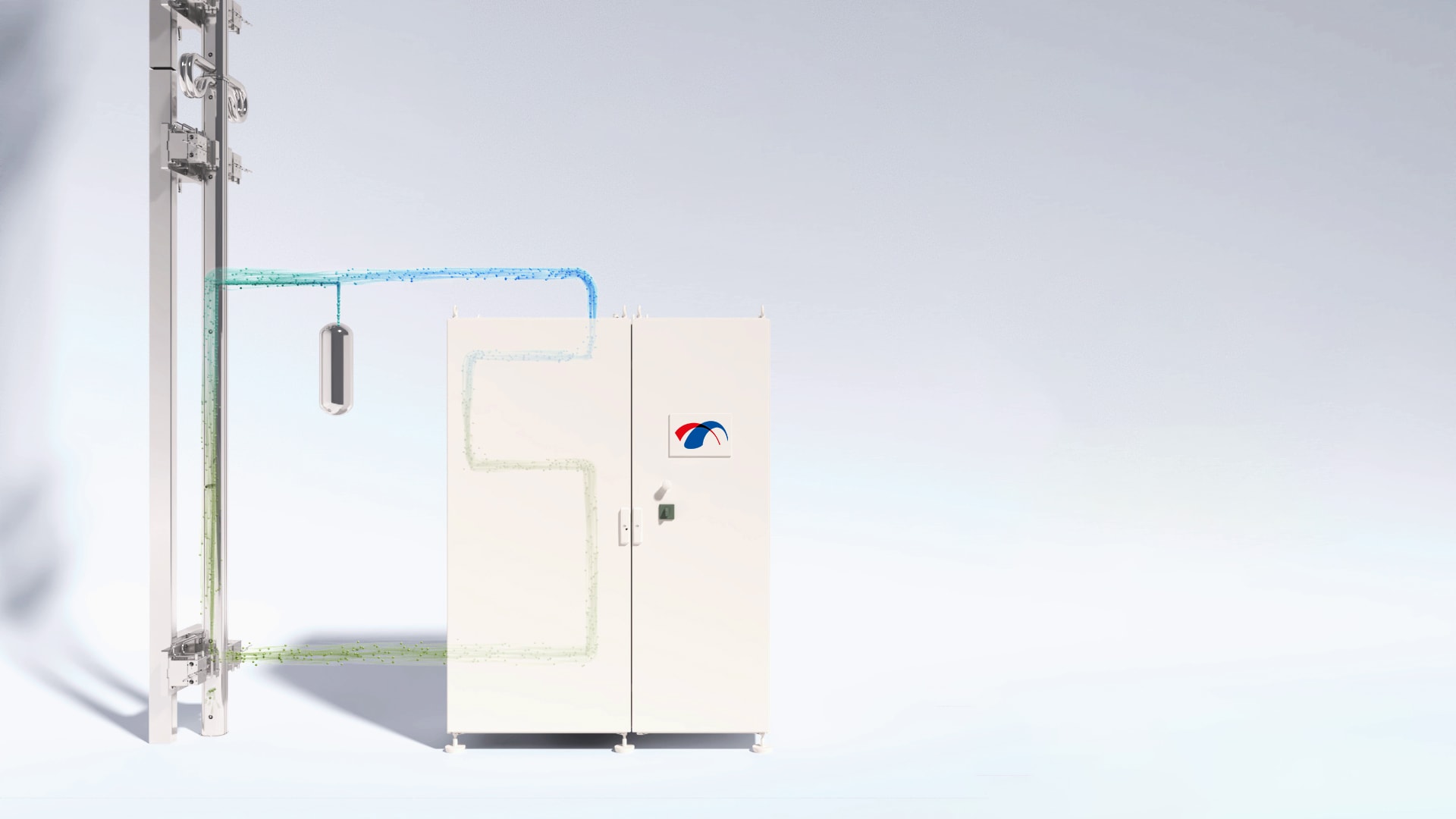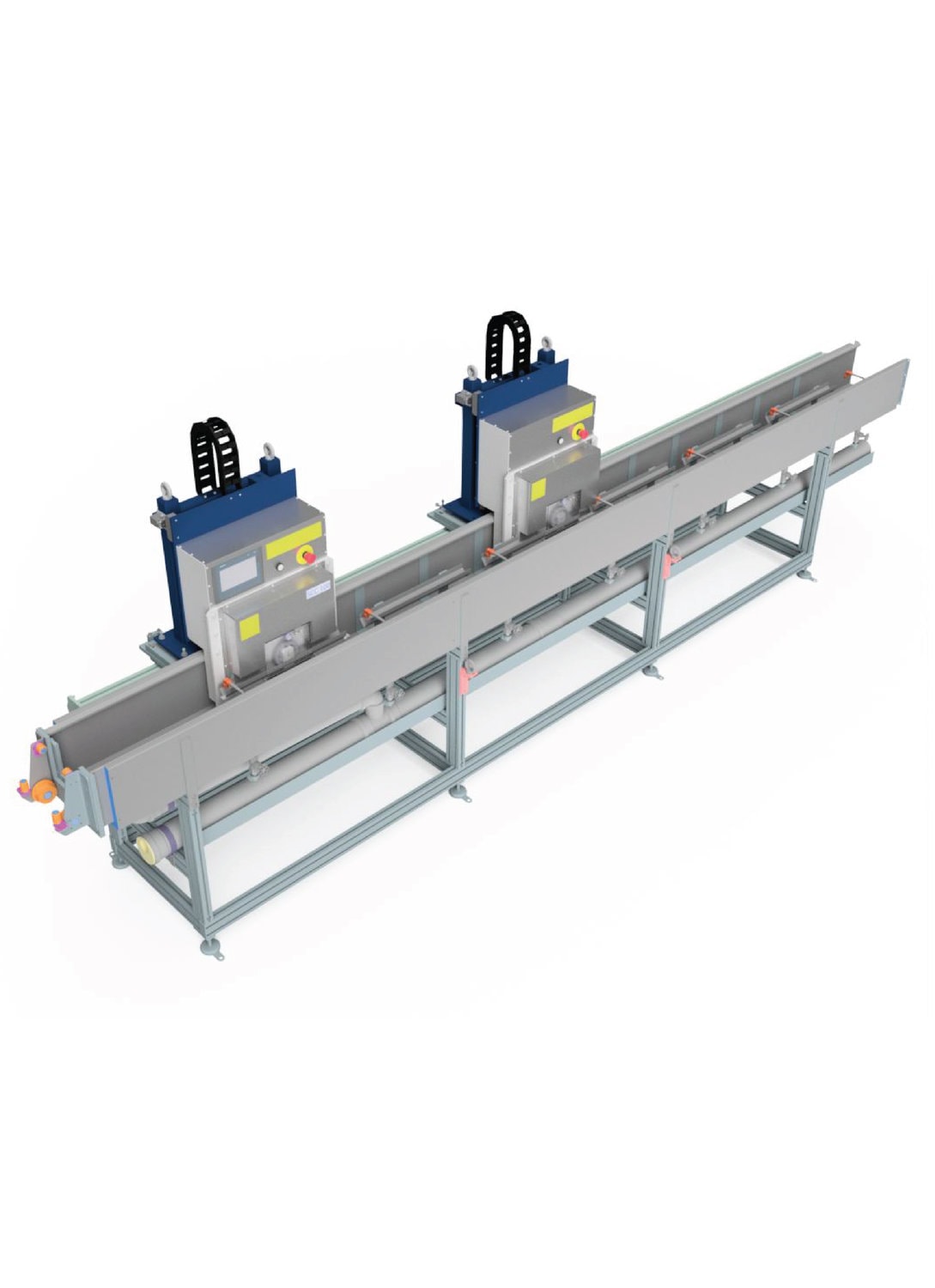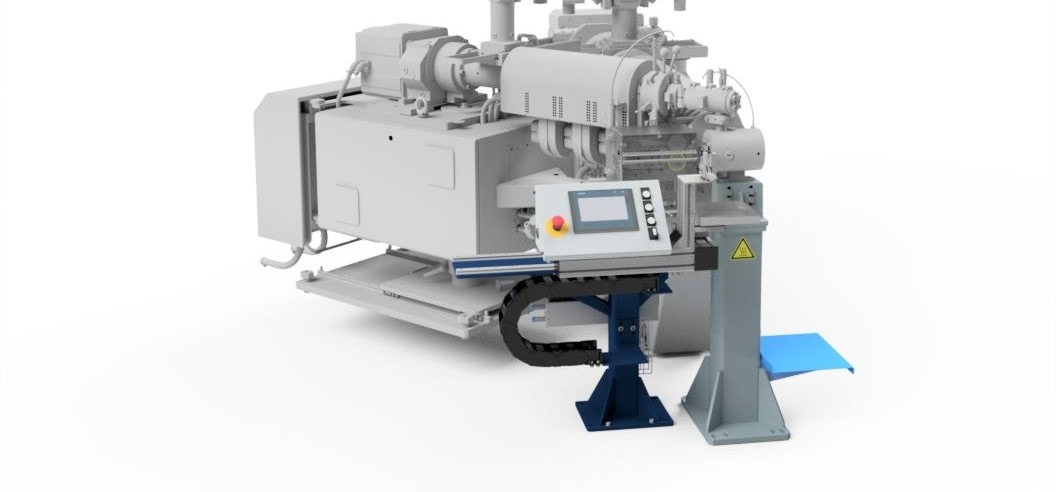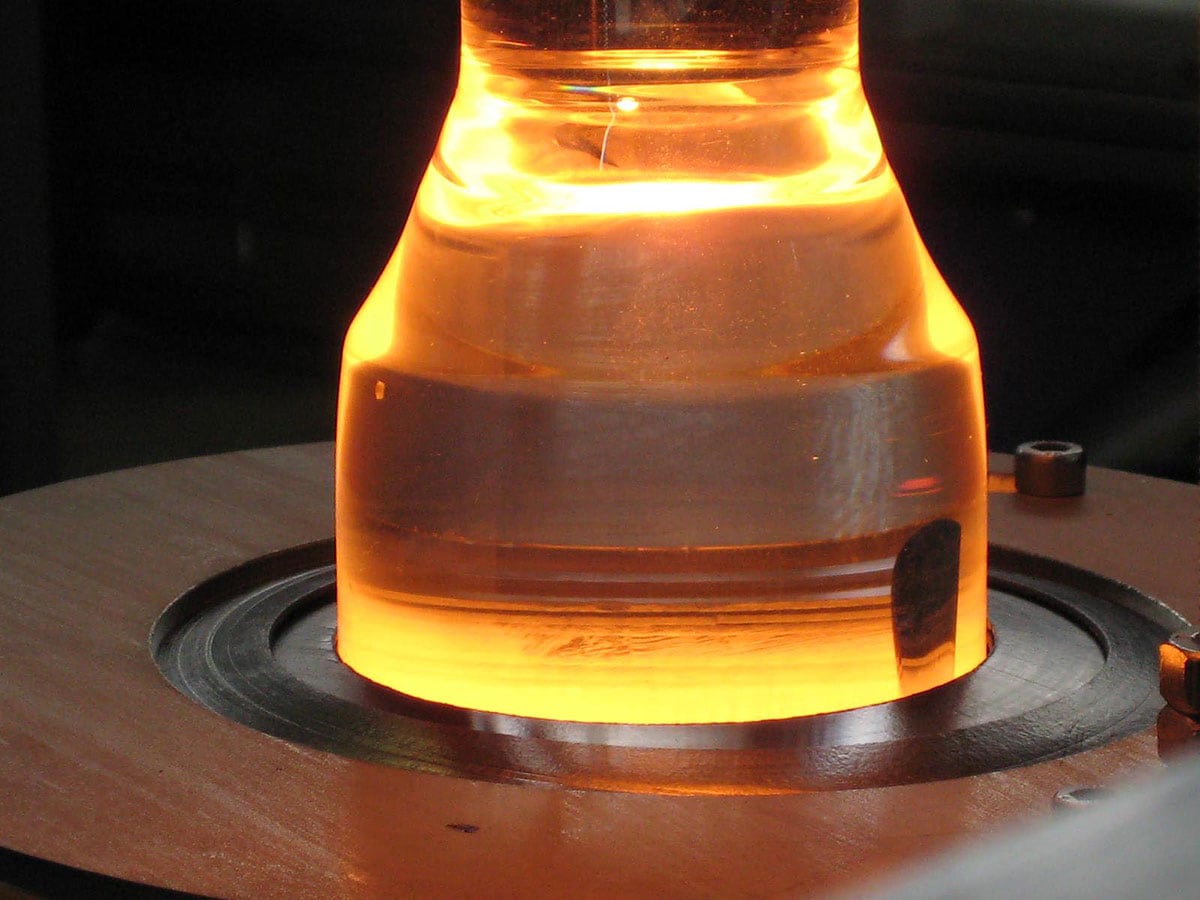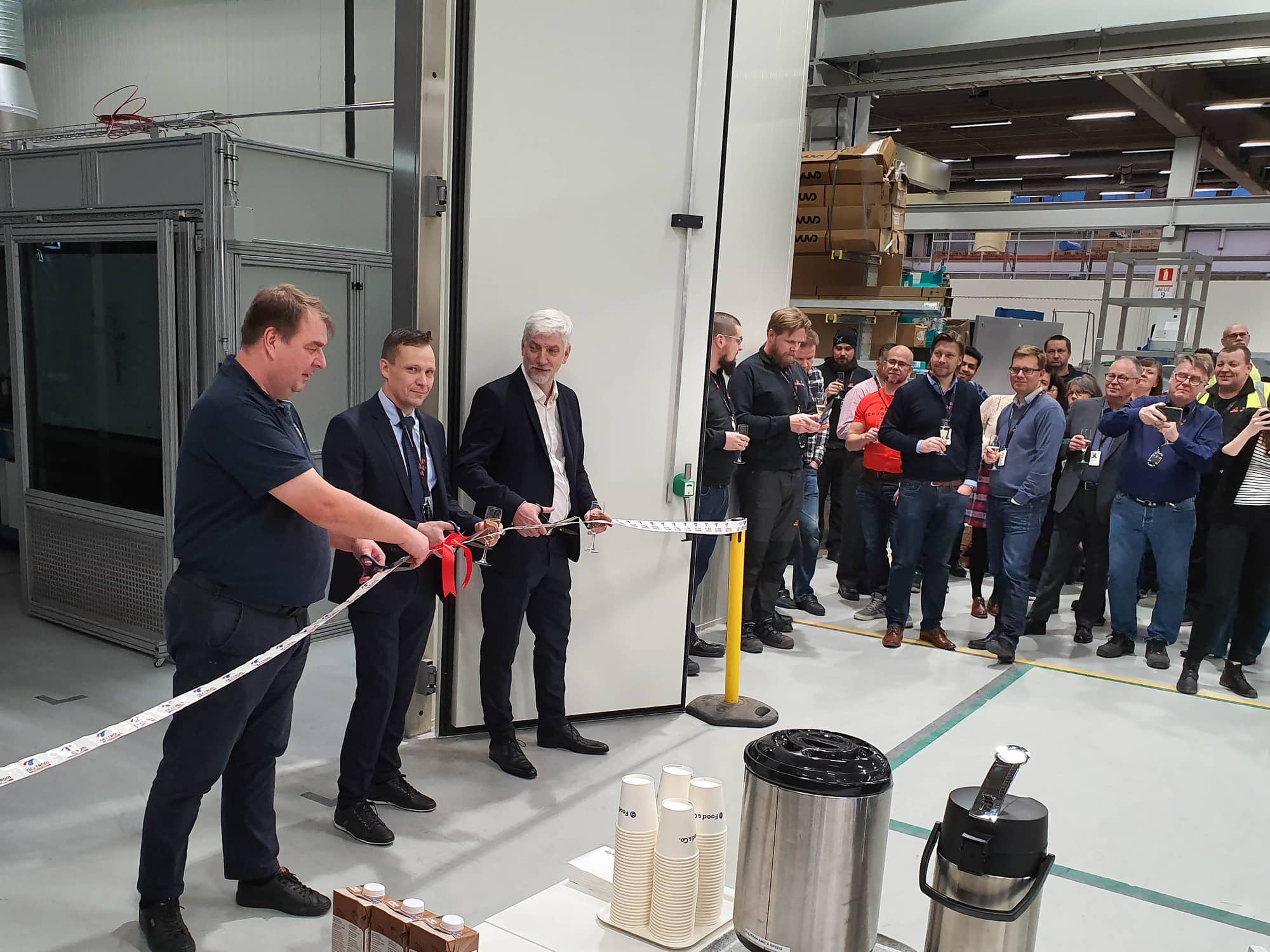
SOFIA – united for a sustainable future
December 11th, 2024
The optical fiber and cable industry is making a significant stride toward sustainability with the formation of SOFIA.
contact person
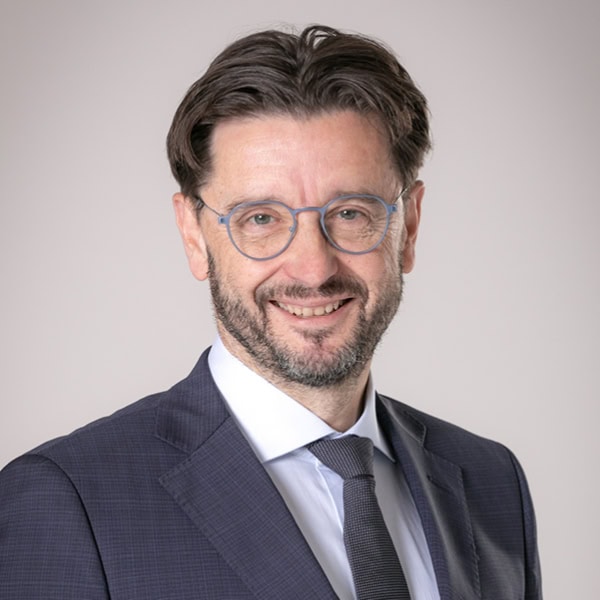
Alain Giraud
alain.giraud@rosendahlnextrom.com
share

Sustainable Optical Fiber Industry Alliance (SOFIA).
The optical fiber and cable industry is making a significant stride toward sustainability with the formation of SOFIA.
In the Sustainable Optical Fiber Industry Alliance (SOFIA), key players collaborate across the value chain to enhance transparency, standardize methods, and set industry-wide targets to reduce environmental impact.
A Unified Approach
Launched in 2021, SOFIA recognized the need for collective action on sustainability challenges. Marie-Ange Vatin is one of SOFIA’s founding members and Global Head of FOM Business at Covestro: “We are all either starting or in the middle of the sustainability and circularity journey. Our goal is to get a common understanding of our path.”
Members
SOFIA currently includes the 6 major industry players Borealis, Covestro, Heraeus, Rosendahl Nextrom, Teijin Aramid, and Umicore. They represent over 74,000 employees and generate €58 billion in revenue, covering a significant part of the optical fiber and cable value chain.
Enhancing Transparency and Standardization
The primary focus of SOFIA is to increase transparency and standardize sustainability metrics across the industry.
Martin Boettcher, Global Head of Business Development & Marketing at Heraeus, underlines: “We see a lack of transparency and common understanding on the sustainability within the industry.”
To address this, SOFIA is working to define common methods for measuring environmental impact. This includes agreeing on life cycle assessment (LCA) tools and impact indicators. The initiative also prioritizes developing Product Category Rules (PCRs) for Environmental Product Declarations (EPDs) in the optical fiber sector. This standardized framework will guide companies on calculating and reporting the environmental footprint of their products.
Enrique Mendez, Senior Global Market Manager at Teijin, added:
“We want to collaborate to increase the transparency and comparability of sustainability data.”
Enrique Mendez
Alain Giraud, Sales Director for the brand Nextrom, explained: “By bringing together key players across the value chain, SOFIA aims to facilitate discussions and alignment on sustainability metrics. This collaborative approach allows companies to share best practices and work toward unified industry goals.”
Welcoming New Participants
As SOFIA evolves, its members welcome new participants to foster broader collaboration.
Enrique Mendez expressed: “We are open to all participants and have no roadblocks envisioned. Anyone active in the industry is welcome to talk to us. Do you see the same need for increased collaboration in the area of sustainability?”
Looking Ahead
SOFIA’s goal is to drive the optical fiber industry toward greater transparency, standardization, and ambitious sustainability targets. By working together, members believe they can speed up the move to a more circular and low-carbon future for optical communications.
SOFIA member initiatives across the value chain
Borealis
Borealis is shifting from oil-based feedstocks to recycling technologies.
“We have acquired recycling companies to use recycled plastic waste in our products,” said Paul Keller Business Growth Manager at Borealis. They developed a jacketing material with 50% post-consumer recycled content, cutting CO2 emissions by 13%.
Covestro
Covestro plans to cut Scope 1 and 2 emissions by 60% by 2030 and achieve net-zero by 2035.
They’ve implemented a digital LCA system to calculate the environmental impact of 50,000 products. “We have the most ambitious timeline for reducing our emissions in the chemical industry,” said Marie-Ange Vatin.
Heraeus
Heraeus aims to cut its CO2 footprint by 42% by 2030 from 2021 levels.
“We have set ambitious targets to significantly decrease our carbon emissions,” said Martin Boettcher. They are investing in renewable energy projects like a 40 MW solar factory and developing multi-core fibers carrying more optical channels, reducing carbon footprint per channel.
Rosendahl Nextrom
Rosendahl Nextrom supports standardizing CO2 calculation methods and promotes energy-efficient, low-waste machinery.
“Our goal in SOFIA is to support these initiatives,” said Alain Giraud. “We aim to reduce Scope 3 emissions and enhance the use of recycled and eco-friendly materials through collaboration with suppliers.”
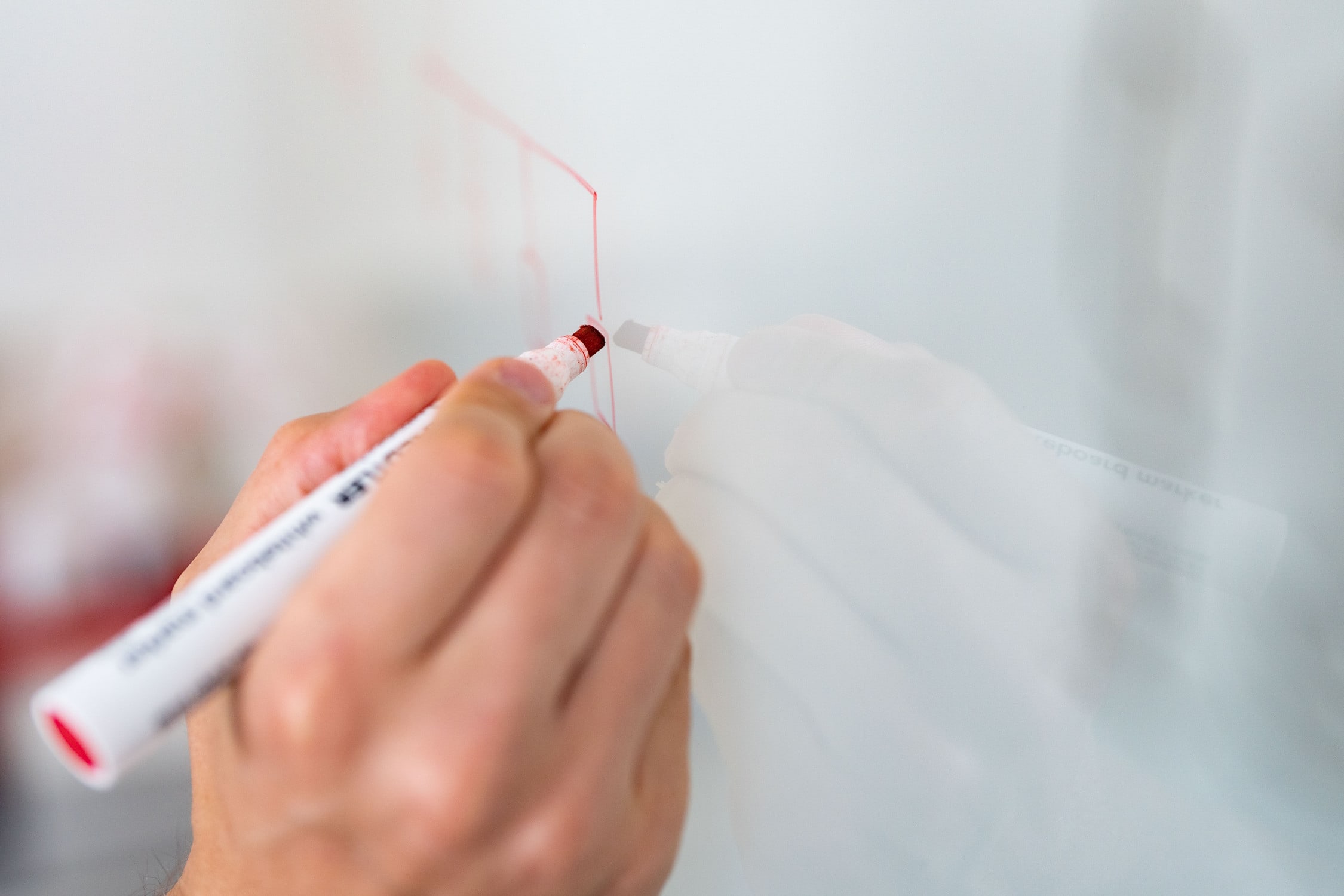
contact
get in
touch
with us








